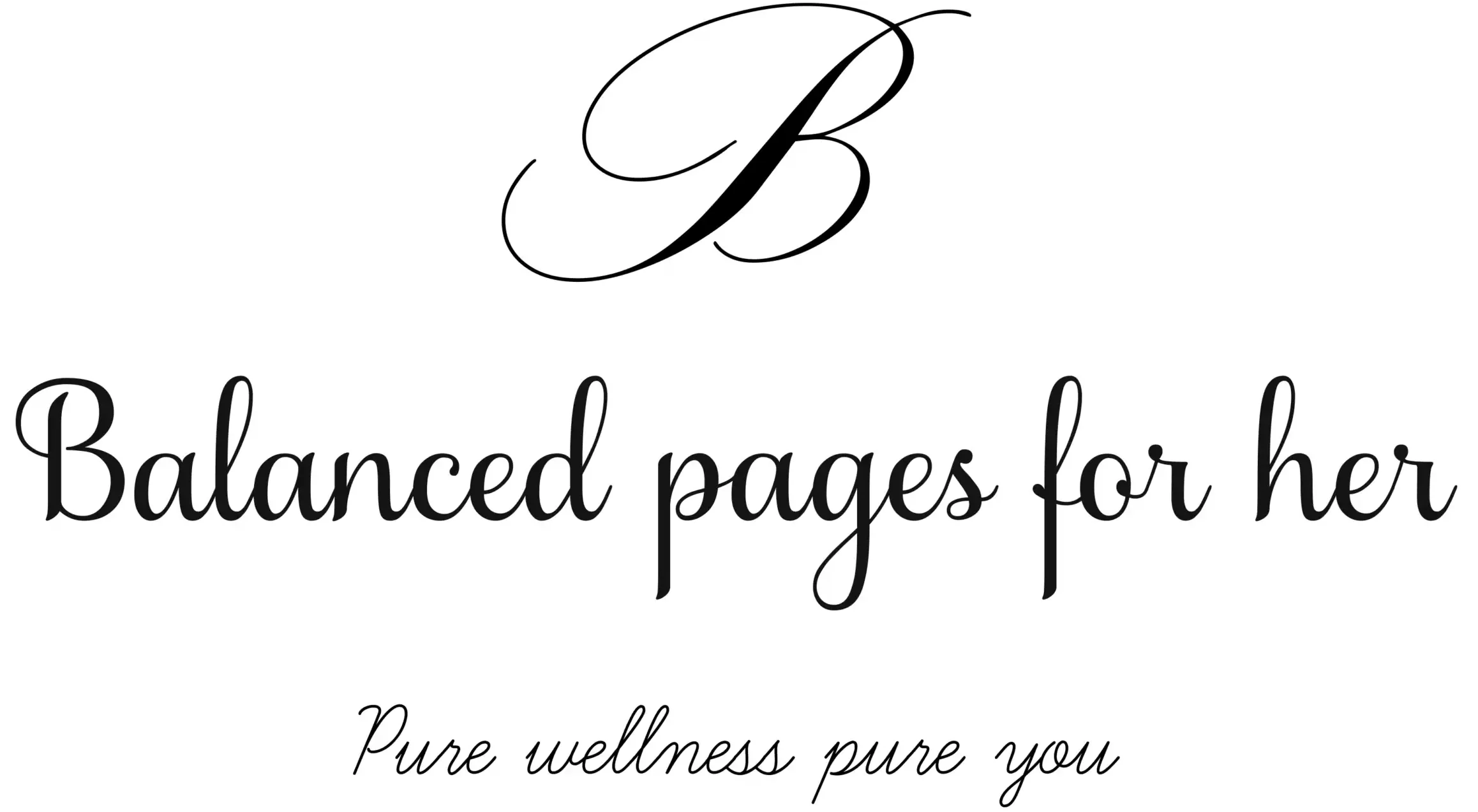Yoga vs. Pilates: Which One Fits Your Lifestyle Best?

When it comes to mindful movement, two practices often stand out: yoga and Pilates. Both promise strength, flexibility, and greater body awareness, but they come from very different origins and serve slightly different purposes.. If you’ve ever wondered which one is the right fit for your lifestyle, let’s explore the unique benefits, similarities, and differences of each—so you can make a choice that feels empowering, sustainable, and aligned with your goals.
The Origins of Yoga and Pilates
Yoga: Ancient Roots in Mind-Body-Spirit Balance
Yoga traces back more than 5,000 years to ancient India. Originally designed as a spiritual practice, yoga integrates movement, breathwork, and meditation to create harmony between the body and mind. Over time, it has evolved into many styles, ranging from slow and restorative (like Yin or Hatha) to fast-paced and powerful (like Vinyasa or Ashtanga).
Pilates: Modern Precision and Core Strength
Pilates, by contrast, is relatively modern. Developed in the early 20th century by Joseph Pilates, it was originally used for rehabilitation and conditioning. Pilates emphasizes controlled movements, core stability, and alignment, making it an excellent practice for strengthening the body while preventing injury.
The Core Focus of Each
- Yoga is about creating balance and calm through mindful movement. While it builds strength and flexibility, its deeper focus is on reducing stress and fostering self-awareness.
- Pilates is more about functional strength and precision. It trains your muscles—especially the core—to support better posture, efficient movement, and daily functionality.
The Benefits of Yoga
- Stress Relief & Relaxation
Yoga is well-known for calming the nervous system. With its focus on breathing and mindfulness, it reduces cortisol levels, lowers blood pressure, and helps you let go of daily stress. - Flexibility & Balance
Yoga lengthens tight muscles and improves balance, which is especially valuable as we age. - Mind-Body Connection
Through breathwork and meditation, yoga teaches you to tune into your body and emotions, creating a holistic sense of wellness. - Accessibility for All Levels
With so many styles—from chair yoga to power yoga—it’s adaptable to any age or fitness level.
The Benefits of Pilates
- Core Strength & Stability
Pilates targets deep abdominal and back muscles, creating a strong foundation for movement. This helps protect your spine and prevent injury. - Improved Posture
If you spend hours at a desk, Pilates can retrain your muscles to support better alignment and reduce back and neck strain. - Low-Impact Movement
Gentle on joints, Pilates is an excellent option for women with arthritis, injuries, or those returning to fitness. - Functional Fitness
By strengthening stabilizing muscles, Pilates helps you move more efficiently in daily life—from bending and lifting to simply standing taller.
The Similarities Between Yoga and Pilates
Though they’re different, yoga and Pilates overlap in important ways:
- Mindfulness: Both emphasize being present and intentional with each movement.
- Breathwork: Breathing techniques play a vital role in connecting body and mind.
- Strength & Flexibility: Each builds muscle while improving mobility.
- Low-Impact Nature: Both are joint-friendly and sustainable long-term.
Which One Fits Your Lifestyle Best?
Here’s where it gets personal:
- Choose Yoga If…
- You’re seeking stress relief and mental calm.
- You want a practice that combines movement with meditation.
- You enjoy flowing, stretchy, or restorative workouts.
- You’re looking to improve flexibility and inner balance.
- Choose Pilates If…
- You want to strengthen your core and improve posture.
- You’re seeking precise, structured movement patterns.
- You want a workout that’s gentle yet highly effective.
- You’re recovering from injury or aiming to prevent future ones.
- Or Combine Them:
Many women find that combining yoga and Pilates creates a balanced approach—yoga for relaxation and flexibility, Pilates for strength and stability. Together, they offer a complete toolkit for both body and mind.
Practical Tips for Getting Started
- Try Both Practices: Attend beginner-friendly classes or follow online sessions to see which one resonates with you.
- Set Your Goals: Are you looking for stress relief, strength, flexibility, or posture correction? Let your goals guide your choice.
- Think About Your Lifestyle: If you enjoy meditative, flowy practices, yoga may feel like home. If you prefer precise, structured exercises, Pilates may be a better fit.
- Experiment with Frequency: Some women practice yoga daily and Pilates two to three times a week, while others do the reverse. Find what feels sustainable.
Real-Life Examples
- A woman navigating perimenopause may turn to yoga for calming hot flashes, reducing stress, and improving sleep quality.
- Another may choose Pilates to strengthen her core, relieve back pain, and boost confidence in her posture.
- And many discover that blending the two creates harmony in both body and mind, helping them move through midlife with energy and ease.
Final Thoughts
There’s no “better” choice between yoga and Pilates—it’s about finding what aligns with your needs and lifestyle. Both support strength, balance, and mindfulness, but in different ways. Whether you roll out your mat for a calming yoga session, engage your core with Pilates, or combine them for the best of both worlds, the key is consistency.
Remember: Always check with your physician before starting a new exercise program, especially if you have injuries or chronic conditions.
Your fitness journey is deeply personal. By choosing movement that brings you joy, reduces stress, and makes you feel strong, you’re investing in more than a workout—you’re investing in yourself.
